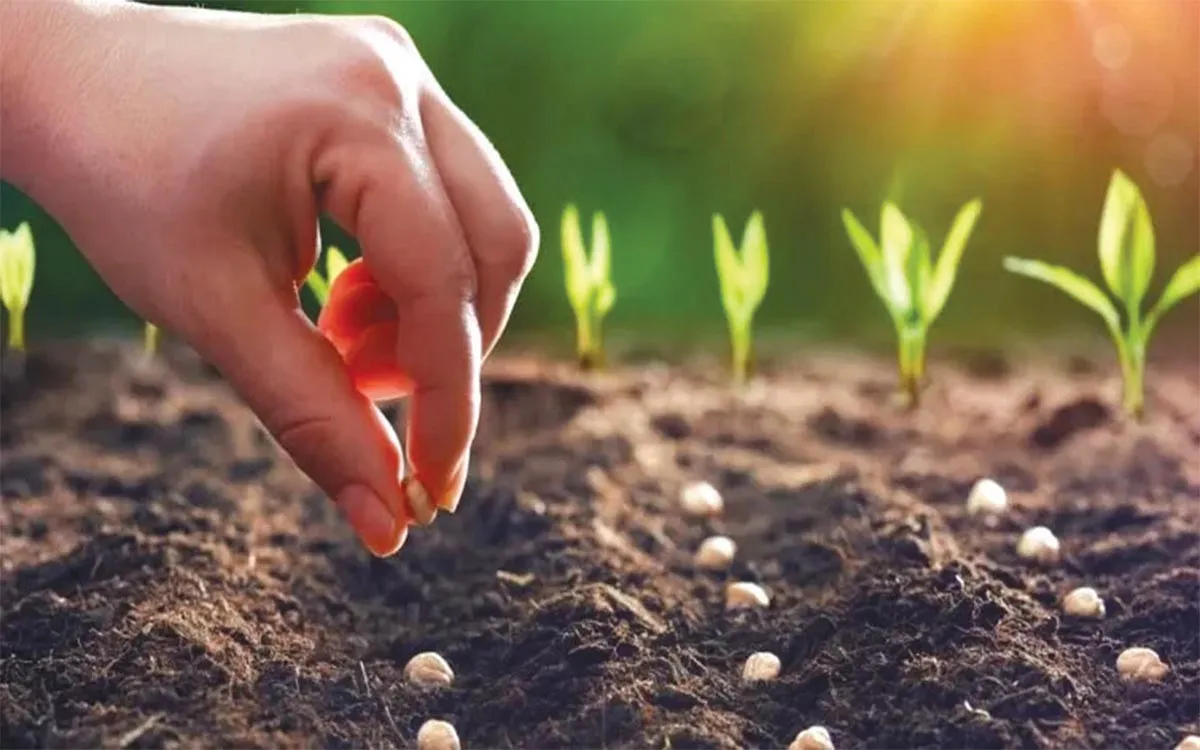Kashmir, with its breathtaking vistas and deep cultural roots, serves as a testament to the enduring spirit of its people. Among the cherished customs that adorn this land,”Gungul” stands tall, embodying hope, renewal, and community.
Once a vibrant celebration heralding the onset of agricultural activities and the promise of a new year, “Gungul” epitomised the essence of togetherness and shared joy. As the warmth of spring thawed the frosty winter, villagers would gather, their hearts brimming with anticipation and gratitude.
As I ventured through the picturesque landscapes of the Lolab Valley in Kupwara district, I was captivated by an elderly woman, her weathered hands tenderly offering walnuts to the children around her. Intrigued by this simple yet profound gesture, I approached her, eager to learn more about the tradition she was upholding.
With a smile that seemed to hold a lifetime of stories, she welcomed me and began to weave a tale that transported me back in time. She spoke of “Gungul,” a tradition that once thrived in Kashmir, celebrating new beginnings and the promise of a bountiful harvest. As she spoke, the words of Hazrat Alamdar e Kashmir reverberated,”Yus Kari Gungul Suiy Kari Kraaw”, meaning “One who sows, he shall reap,”; reminding us of the intrinsic connection between sowing and reaping, between effort and reward.
In days gone by, Gungul marked the beginning of the agricultural season, when farmers would till the soil and sow the seeds of hope. Walnuts, symbols of abundance and prosperity, were shared among the children, filling the air with laughter and joy.
Gungul was more than just a tradition; it was a manifestation of the deep connection between the people and the land. It was a day of unity, shared purpose, and reverence for the rhythms of nature.
Yet, she lamented, Gungul had become a relic of the past, its significance fading with each passing year. In the rush of modernity, the traditions that once bound communities together had been forgotten, leaving behind a void echoing with the whispers of lost heritage.
But even in the amidst such change, she told me, there were those who refused to let Gungul slip into obscurity. In pockets of the valley, villagers still gathered to celebrate this age-old tradition, keeping its spirit alive for future generations.
As I listened, a sense of sadness washed over me for the children who grew up unaware of their rich cultural heritage.
Yet, amidst the melancholy, there was a hope. In the resilience of those who continued to honour Gungul I saw a glimmer of possibility. Tradition, like the mighty Chinar tree gracing the valley, had deep roots that could withstand the test of time.
As I bid farewell to the old woman and continued my journey, her words lingered in my mind. They were a reminder of the importance of preserving our cultural heritage in a world that is ever changing. For in the stories of our past lie the seeds of our future, waiting to be planted and nurtured with care.






